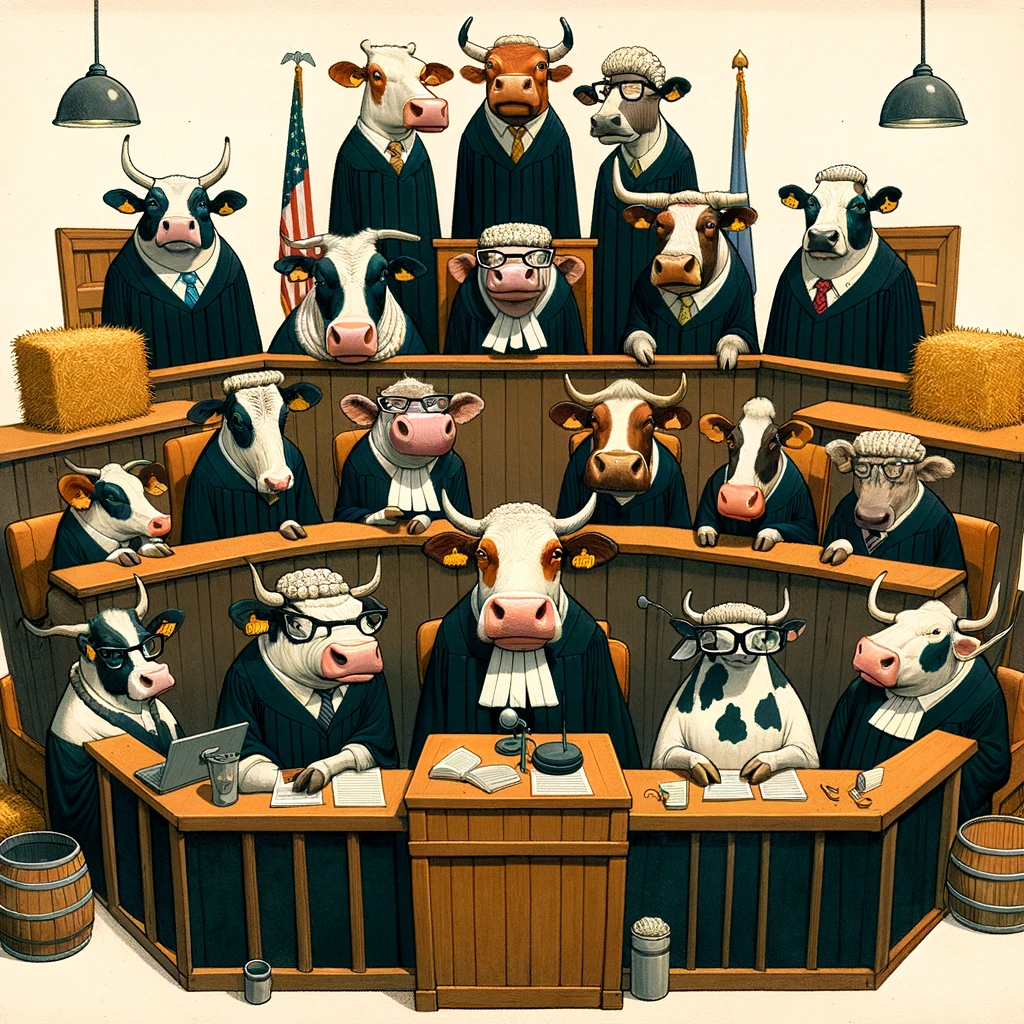Straying cattle laws are regulations dealing with livestock that wander off their owner’s property and cause damage or pose risks to public safety. These laws vary by state and country but typically address issues such as liability for damages, fencing requirements, and processes for retrieving or dealing with straying cattle. Here’s a general breakdown of what you need to know about straying cattle laws:

1. Open Range vs. Closed Range Laws
In some areas, particularly in the Western United States, livestock can roam freely, and it is the responsibility of the property owner (not the livestock owner) to fence out animals to protect their property. This means if cattle stray onto someone else’s land and cause damage, the livestock owner may not be held liable.
In contrast, many areas operate under closed range laws, which require livestock owners to fence in their animals. If cattle wander off and cause damage, the livestock owner is liable for any damages incurred. The property owner has the right to take certain actions to remove the stray livestock.
Tip: Check your state’s laws to see if it operates under open or closed range regulations, as it will significantly impact liability.
2. Owner Liability for Damage
In closed range jurisdictions, cattle owners are typically responsible for any harm their straying cattle cause. This can include:
- If the cattle wander onto neighboring farmland and damage crops, the cattle owner may be liable for the cost of the crops.
- If cattle stray onto a road and cause a traffic accident, the livestock owner may be responsible for any resulting damage or injuries, depending on the jurisdiction and circumstances.
Some states have specific statutes detailing how damages are calculated and what processes must be followed when a claim is made.
3. Fencing Requirements
In most closed range jurisdictions, there are legal requirements for fencing to contain livestock. The type of fencing required can vary depending on the state and sometimes even the type of livestock.
Some laws require shared fencing costs if the fence is a boundary fence between two properties.
Failing to meet fencing requirements can increase liability for the livestock owner, as it may be seen as negligence if the animals stray and cause damage.
4. “Estray” and “Impoundment” Laws
These laws govern the process of dealing with livestock found wandering without an identifiable owner. They often require the person who finds the straying cattle to report it to local authorities or animal control.
In some areas, if cattle stray onto someone else’s property, that person may be allowed to impound the cattle until the owner is identified or takes action to retrieve them. The impounder may be entitled to claim costs for feeding and caring for the animal during this time.
The local county or municipal government may have specific procedures for reporting and dealing with estrays.
5. Notice and Sale of Stray Cattle
If stray cattle are impounded and the owner cannot be found, many laws require a public notice period, during which the owner can come forward to claim their livestock. If no one claims the cattle within a specified timeframe, the animals may be sold at auction or dealt with as per the law.
6. Disputes and Resolutions
If there is a dispute over damages caused by stray cattle, these issues can often be resolved through:
- Some jurisdictions encourage resolving disputes outside of court through mediation or arbitration services.
- If an agreement cannot be reached, the affected party may pursue a civil lawsuit to recover damages.
Understanding the local straying cattle laws is crucial for both livestock owners and property owners to know their rights and responsibilities. It’s always best to check your state or local laws to understand how they specifically apply to your situation. Legal advice from an attorney with experience in agricultural or livestock law may be necessary for complex situations.
7. Issue of Negligence and Shared Responsibility
Even in open range states, the concept of negligence can still play a role in determining liability for straying cattle. If a livestock owner is demonstrably negligent in their animal husbandry practices – for example, by knowingly allowing cattle to roam in an area where they are likely to cause significant damage or by failing to take reasonable steps to retrieve straying animals after being notified – they may be held liable for damages, even if the land is technically open range.
Similarly, in closed range states, a property owner who intentionally damages a neighbor’s fence, allowing cattle to escape, could share some responsibility for the resulting damages. Determining negligence and shared responsibility often requires a careful examination of the specific facts of the case, including the actions of both the livestock owner and the property owner. Evidence such as witness testimony, photographs, and records of fence maintenance can be crucial in resolving these disputes.